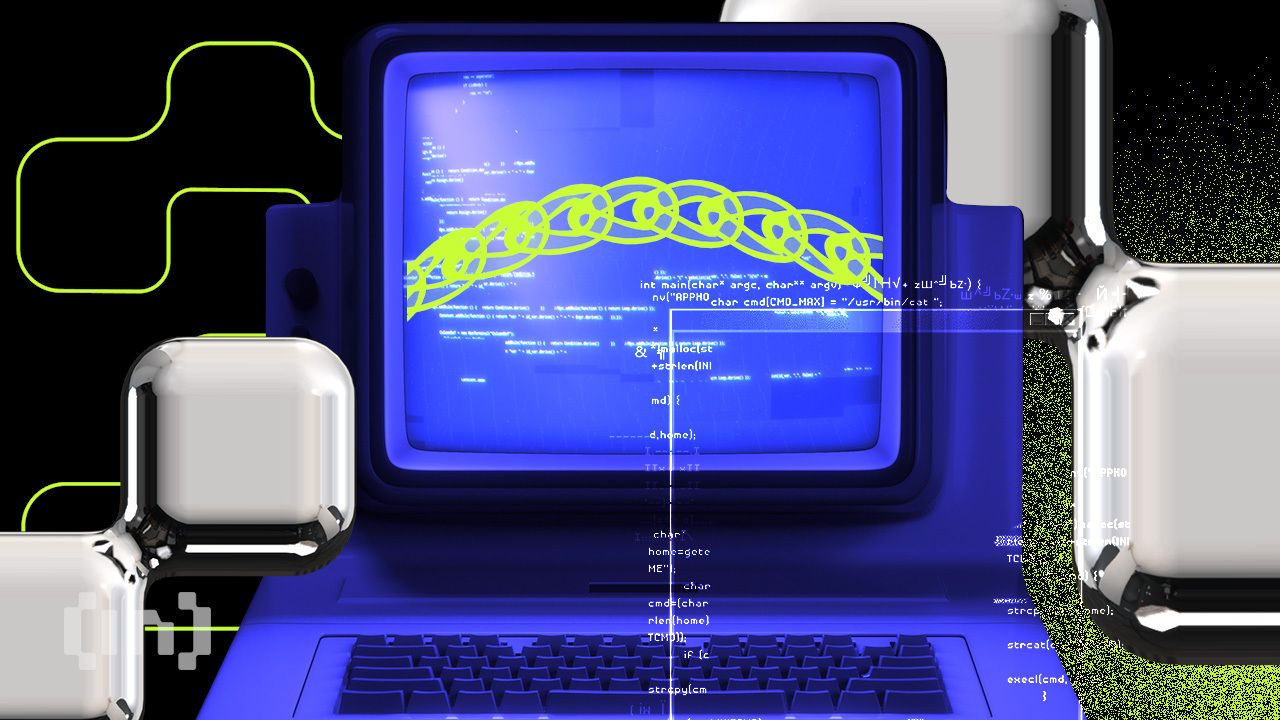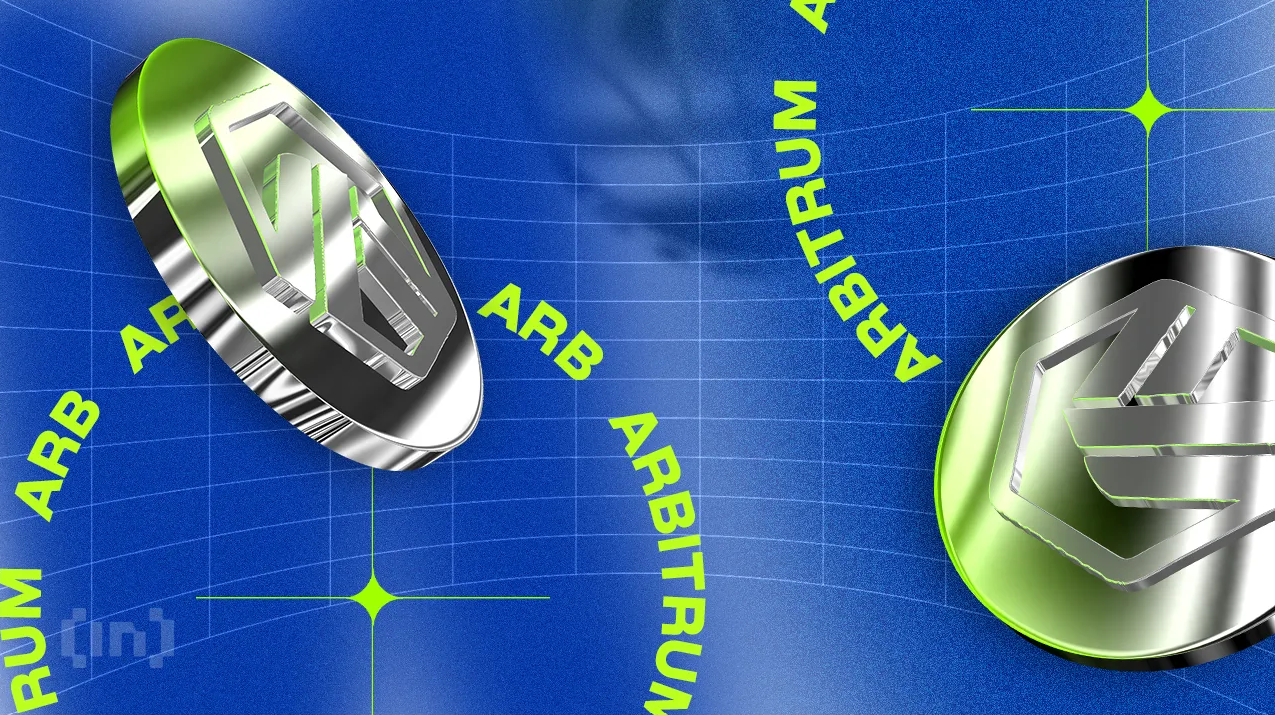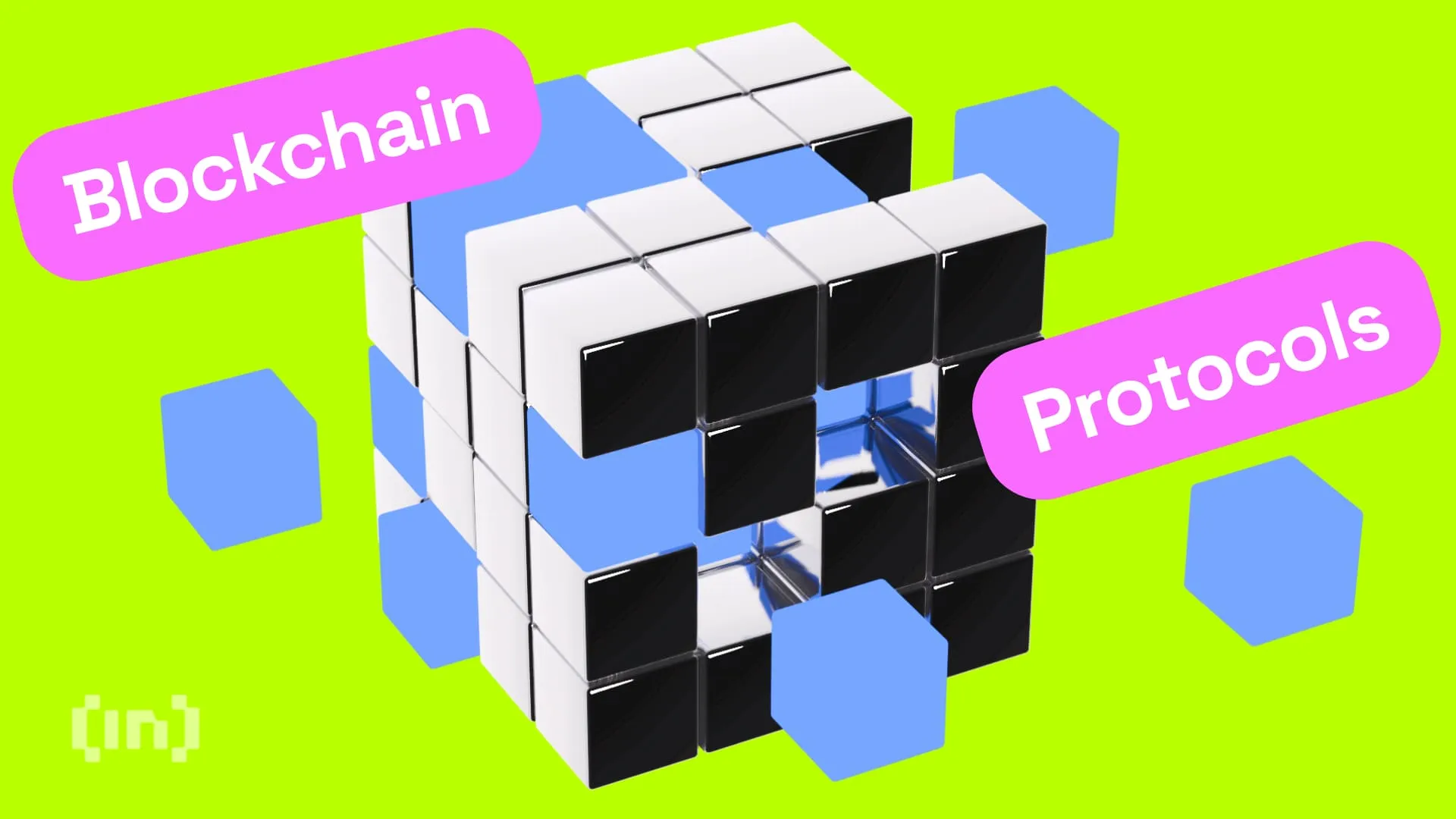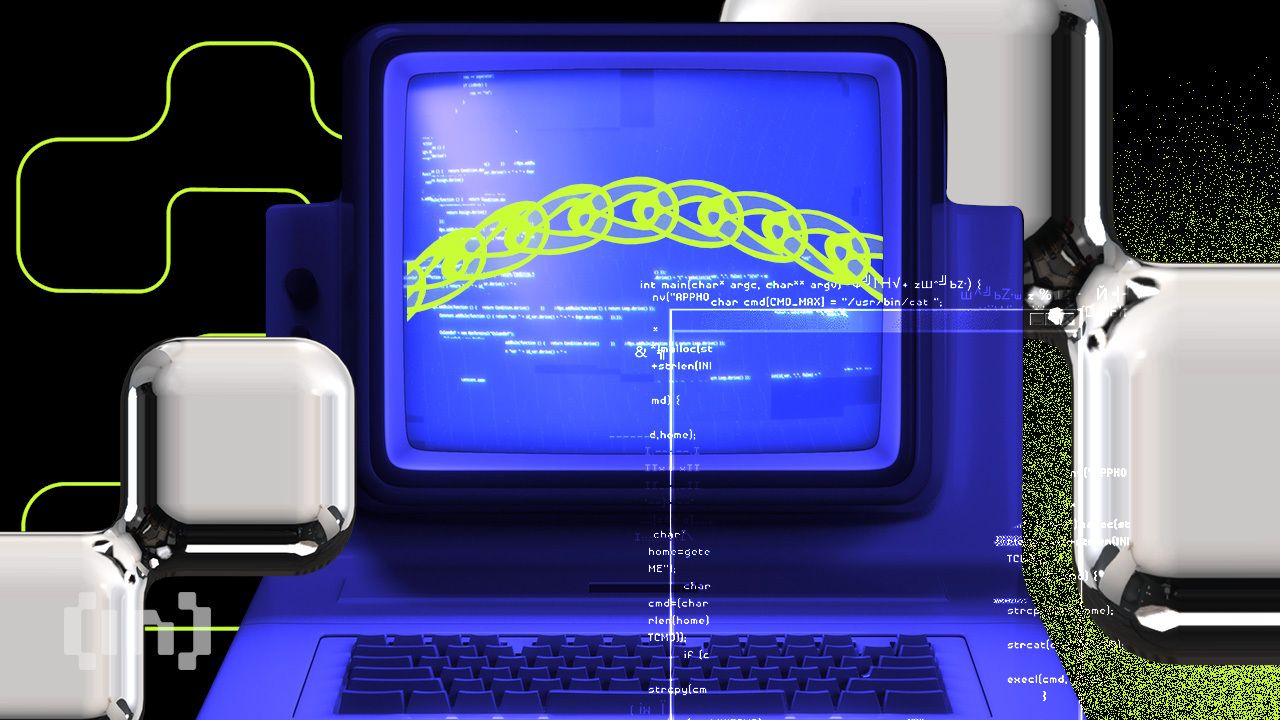A Quick Guide to the Platform in 2025
Monad is a layer-1 scaling solution that promises extreme scalability, near-instant transactions, and full EVM compatibility — features that offer practical solutions to persistent blockchain bottlenecks. In this quick guide, we discuss how Monad works, its use cases, key benefits, and the challenges facing the network. KEY TAKEAWAYS➤ Monad is a high-performance, EVM-compatible L1 blockchain … Read more









